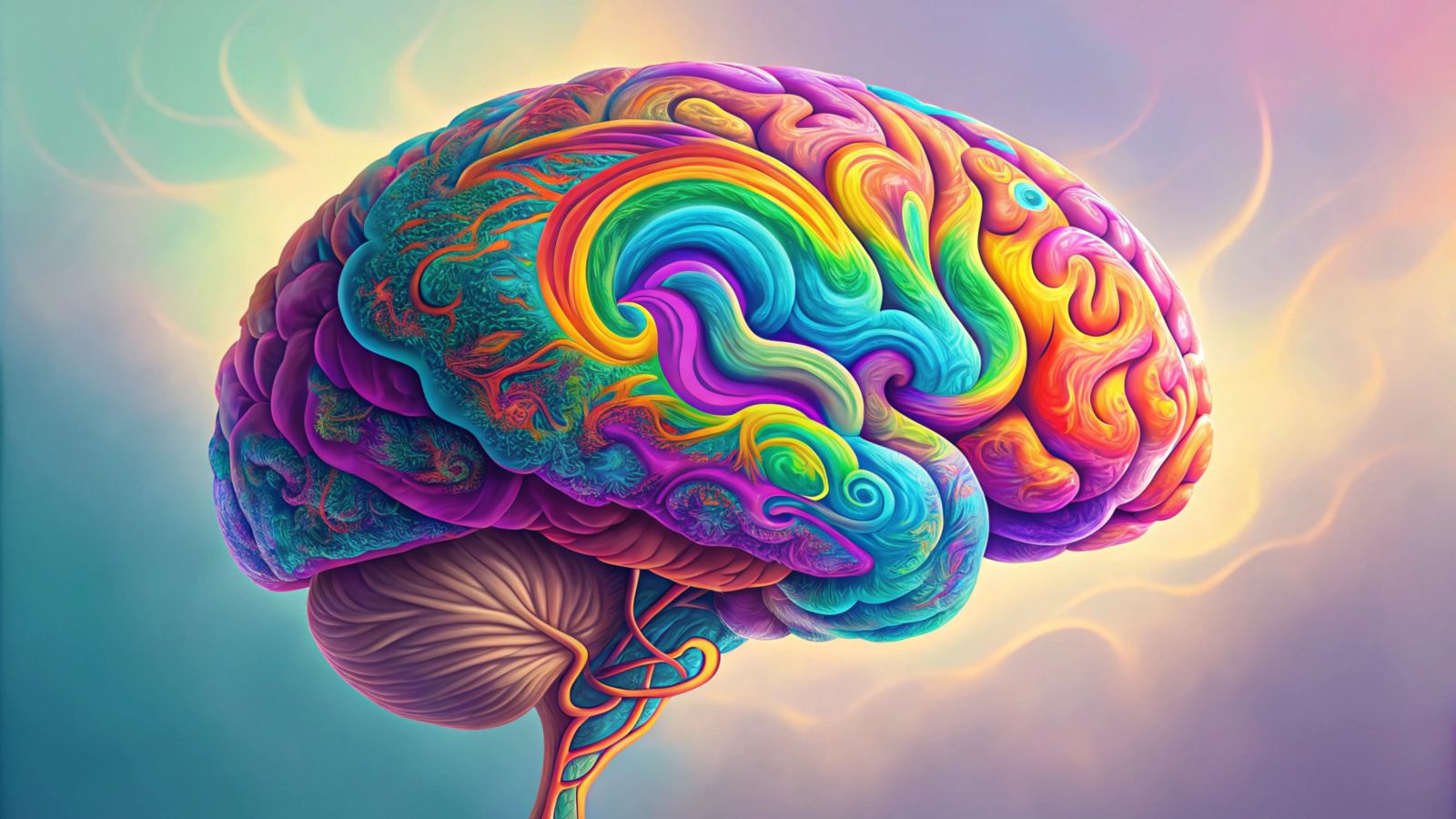By moving two atoms, researchers turn LSD into a supercharged medication 💊
Published by Adrien,
Source: Proceedings of the National Academy of Sciences
Other Languages: FR, DE, ES, PT
Source: Proceedings of the National Academy of Sciences
Other Languages: FR, DE, ES, PT
Follow us on Google News (click on ☆)

JRT has demonstrated the ability to stimulate the growth of neural connections in animal models. Unlike LSD, it did not induce hallucinogenic behaviors or exacerbate psychosis symptoms. This discovery paves the way for safer treatments for neuropsychiatric disorders.
David E. Olson, director of the Institute for Psychedelics and Neurotherapies, compares this breakthrough to 'rotating tires.' JRT specifically targets serotonin receptors, essential for brain plasticity, without activating the pathways responsible for hallucinations. This molecular precision is a first in the field.
Preclinical tests revealed that JRT enhances cognitive flexibility and exhibits antidepressant effects a hundred times more potent than ketamine. These results are particularly promising for patients with schizophrenia, where current treatments have limited efficacy on cognitive symptoms.
The development of JRT required five years of research and a twelve-step synthesis. This compound represents a major advance in designing medications from psychedelics. Researchers are now exploring its potential for other neurodegenerative diseases.
The team emphasizes the importance of targeting negative symptoms of schizophrenia, such as anhedonia, often overlooked by current treatments. JRT, with its improved safety profile, could offer an alternative to existing medications like clozapine, known for its significant side effects.
What is neuroplasticity?
Neuroplasticity refers to the brain's ability to reorganize itself by forming new neural connections. This process is essential for learning, memory, and recovery after brain injury.
Psychedelics like LSD are known to stimulate neuroplasticity, but their hallucinogenic effects limit their therapeutic use. JRT, on the other hand, selectively activates the receptors involved in this process without causing hallucinations.
This discovery could have major implications for treating mental disorders, where the loss of neural connections plays a key role. By promoting neuron growth, JRT could help restore impaired cognitive functions.